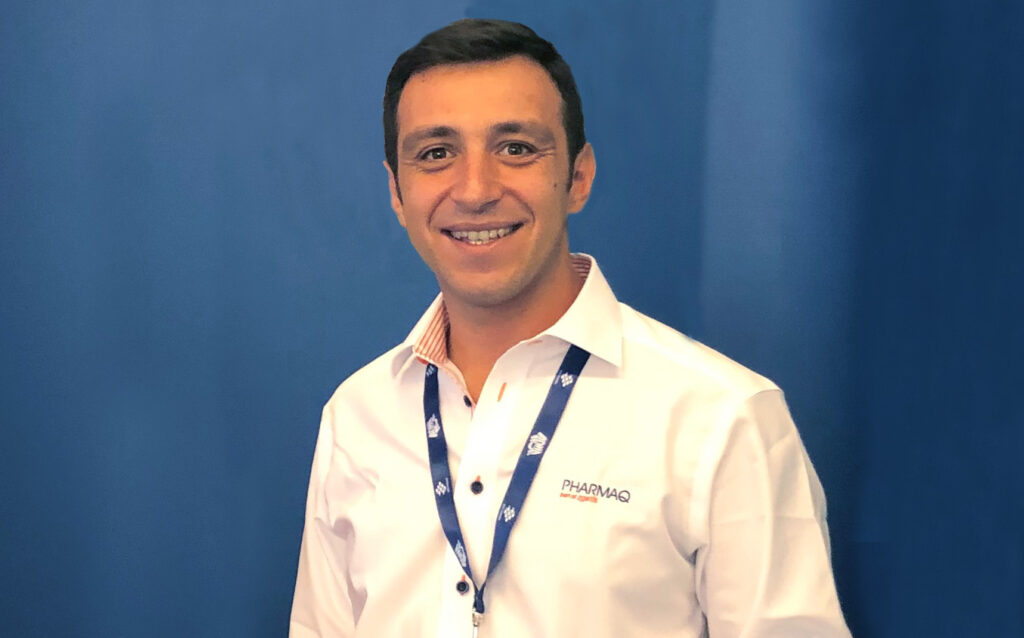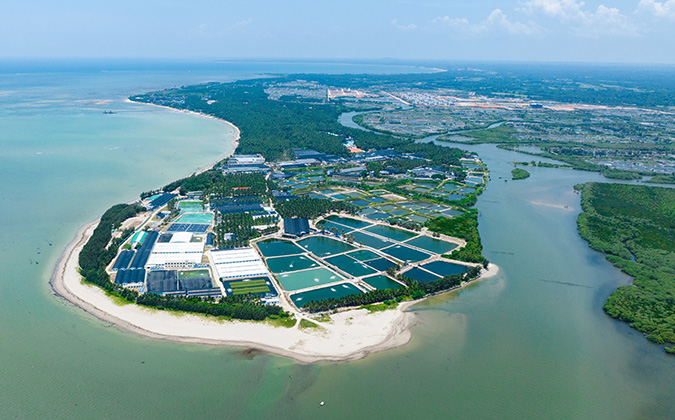
Fish Farm Forum is pleased to host this editorial page on behalf of Pharmaq.
Pharmaq
Helping Mediterranean fish farmers quickly identify disease issues
An interview with Emre Berke, DVM, PhD, field technical support associate for PHARMAQ.
Q: You have produced a new guide to pathogens and parasites affecting farmed sea bass and sea bream in the Mediterranean. How did this come about?
EB: The idea was to provide illustrated information for fish farmers as well as biologists and veterinarians, including all the main diseases they might find on their sites. It started off as a resource just for use in Türkiye, but later we decided to translate it into English for use in other parts of the Mediterranean. My colleague Ben North supported me during the translation, and this version has just been published online.
I have been collecting the images used in the book for around 8 years, and it’s taken around 2 years to write and prepare everything for publication.
Q: What level of knowledge do producers tend to have of the potential disease threats which may affect their work?
EB: Our producers in the field have a high level of knowledge about diseases, but sometimes false information can be spread in the field by word of mouth. For example, in the first years of my career, granulomatous formations in the spleen and kidneys were associated with Photobacteriosis, but subsequent research revealed that these could also be Aeromonas —an emerging bacterial issue in the Mediterranean.
Looking at parasites, Amyloodinium and Cryptocaryon, which cause amyloodiniosis and marine white spot disease, can be mixed up in the field. There’s a belief that Amyloodinium occurs in land-based facilities and Cryptocarryon in the sea, but that is not correct. It may be possible to see both in both environments.
Q: Have there been cases where such misdiagnosis leads to misconceptions?
EB: Yes, another mistake made in the field shows this. It is also commonly thought that a fish vaccinated against Vibrio anguillarum will be protected against Vibrio harveyi. It’s important that people know these are different pathogens, and using a vaccine that only contains antigens for Vibrio anguillarum, won’t protect against all Vibrio species.
Q: How can making information like this available help change the broader culture of fish health management?
EB: One thing that I try to get across when visiting sites is that correct disease identification will enable the best treatment with optimum cost and maximum productivity. I hope this book proves useful in encouraging this type of thinking.
Q: Is there a way for producers to access further information?
EB: Yes. For the Turkish market, there is a two-page poster accompanying the guide, one page looking at bacterial and viral diseases, and one at parasitic diseases. There are QR codes on the poster for each disease, and if you can scan those on your phone, it directs you to lots more pictures and information (disease cards) than are in the book.
Q: How has the book been received so far?
EB: Producers really like it and some of the big companies have requested a copy on all their production sites. We have delivered about 100 printed books so far in Turkey, and I’m hopeful that there will be many downloads across the wider region.
Q: Aside from the diagnosis issues you mentioned earlier, are there any other key areas where you think there is a need for greater understanding?
EB: I think recognizing the morphology of the different parasites is very important. Everyone knows how they can attach and feed on fish, but correct identification can help producers to select the correct treatment from oral medicines and bath options. The key in this respect is recognizing the morphological features. It’s helpful for farmers to have this information to hand, as well as clear pictures.
Q: How might this resource develop from here? Could this, for example, develop into an app fish farmers could use while they’re working?
EB: We will consider any feedback from the field to improve this work. At the moment the focus is on developing content for the current format. My idea is to include other problems in future editions such as deformities, non-pathogenic disease, nutritional disease — these kind of conditions. Hopefully this will make this tool even more useful as time goes on.
You can download ‘European Sea Bass and Gilthead Sea Bream Diseases’ from the PHARMAQ website.
Posted on: May 30, 2023







